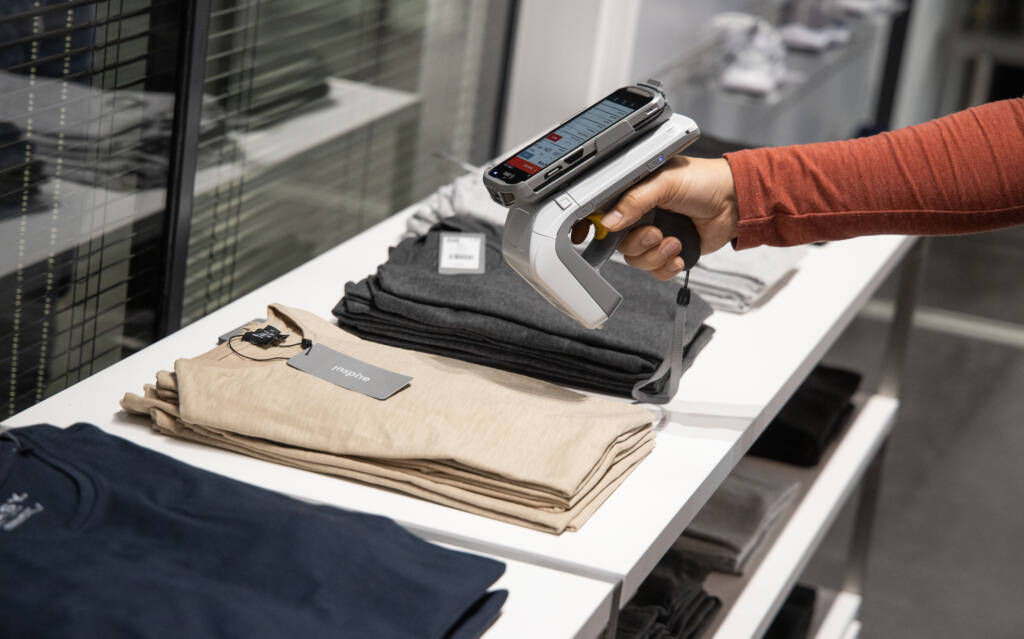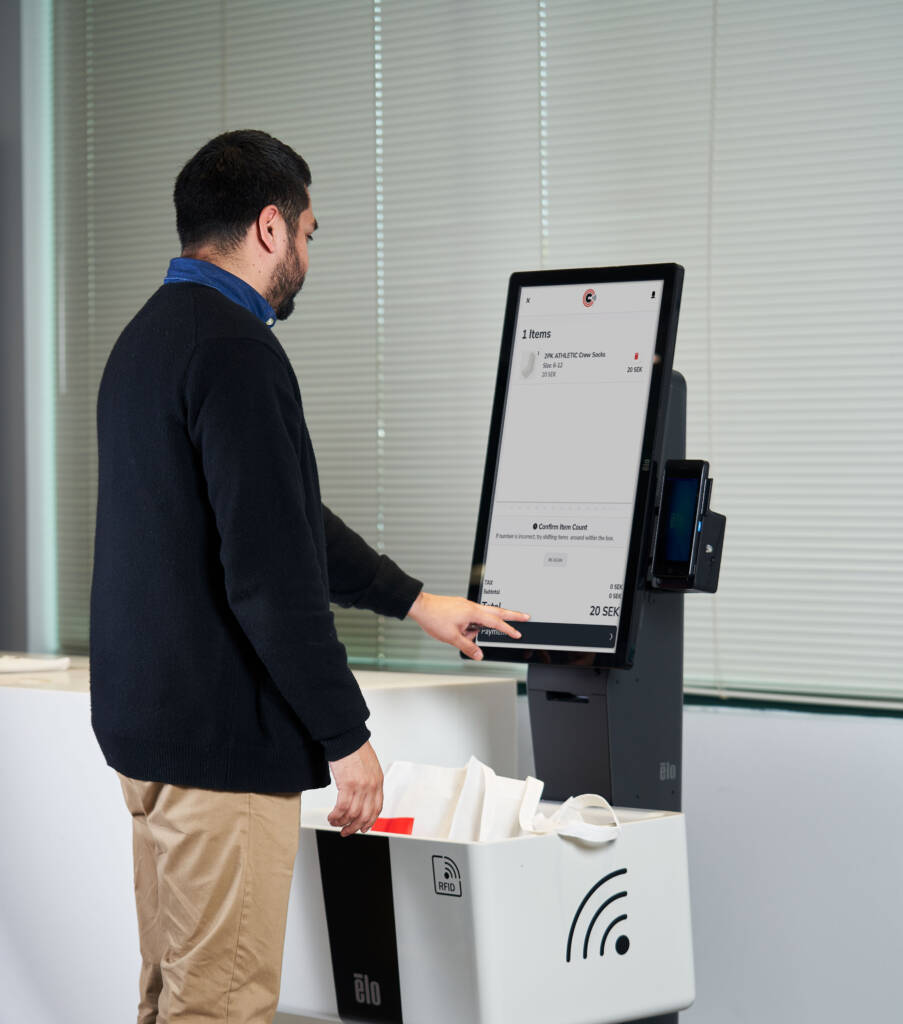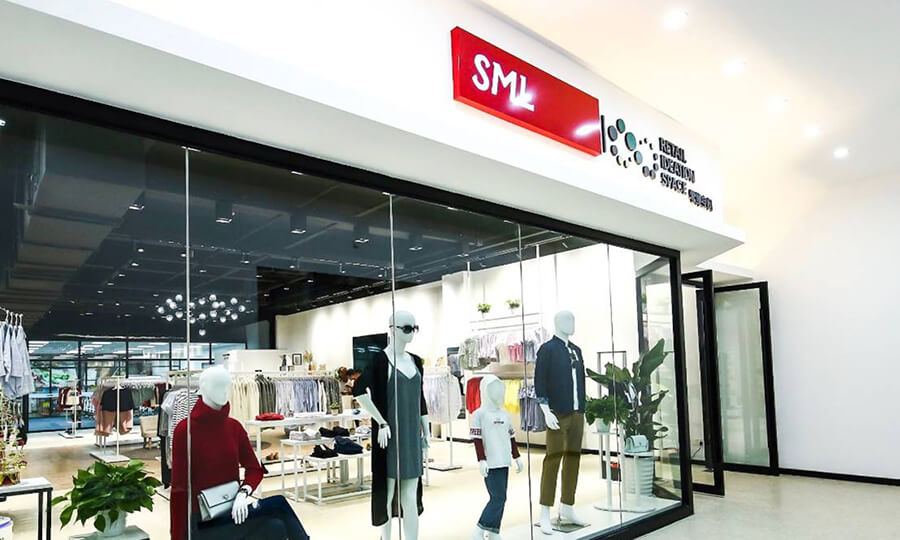Can RFID help with recovering retail sector?
Originally published on hsssearch.co.uk
Analysts have weighed in on what the long-term implications of a disrupted supply chain might mean for the wider industry. For example, one industry analyst has even commented that this could mark the end for a number of the weakest retailers altogether. Yet, optimists believe that things could begin the return to a state of normalcy in a matter of months. What the new normal will look like remains to be seen. What is certain is that once the supply chain is back up and running, retailers will need to have plans in place on how to handle not only new products coming through the pipeline but also those older items that were held up in the supply chain when it suddenly came to a halt.
The current state of the supply chain
Every single aspect of the supply chain has been turned on its head due to the impact of the pandemic. Retailers now face the difficult job of picking up where they left off, with enormous amounts of back-dated stock, whilst keeping up with unpredictable demand and ensuring customer satisfaction remains their top priority.
At the distribution centre level, retailers now have hundreds of shipping containers which have not been properly processed due to the sudden stop in activity. Currently retailers are facing the difficult task of quickly sorting through these containers, deciding which needs to be marked down and which needs to be put in storage for next year. This is proving to be a significantly time-consuming task, and one which will need to be conducted efficiently and quickly to make room for the next load of stock that is arriving from new orders of the next seasons items that were placed recently.
Further down the supply chain at store back stocks, it is estimated that over 30% of inventory for apparel and footwear retailers will need to be marked down in the next 90 days. Unfortunately, many don’t have the sufficient technology to conduct this process efficiently and lack the necessary transparency on their inventory to know exactly how much of their stock will need to be reduced, and are therefore in the dark on the extent of this task. What’s more, when we look towards online sales, retailers also have concerns around their BOPIS cancel rates and believe they have little visibility of whether in-store pickups will be possible.
Once retailers are able to get their supply chain back up and running, knowing where to begin with this process will be overwhelming for many. Furthermore, retailers have significant concerns around what consumers will now want to purchase. It will be extremely difficult to predict customer demand over the coming months and as a result, planning stock levels accurately will be almost impossible.
RFID
No retailer has been immune to the current crisis as we wait for the supply chain to kick back into action. Companies will need to become more agile and efficient in order to meet shifting customer demands. To avoid minimal disruption to their supply chains, retailers need to consider investing in digital technologies now more than ever.
As we wait with anticipation for lockdown to end, the retail industry needs to prepare for the sudden burst in consumer behaviour. A significant challenge for retailers has previously been the management of their inventory; specifically their accuracy with what products they actually have and where they are in the supply chain. As a result, retailers are increasingly turning to RFID technology to boost their retail inventory efficiency and have achieved accuracy levels of up to 98%.
RFID is significantly reducing the amount of time spent by staff manually doing stock checks, which can often have inaccuracies due to human error. As a result, retailers are cutting staffing costs and ensuring employees are better purposed to do more worthwhile tasks for the business which will be vital once the supply chain is back up and running. There is already significant evidence that those retailers that already had implemented item-level RFID in their stores are having measurable advantages over those that don’t as they re-open stores. These retailers are witnessing improved efficiency in targeting transfers and mark-downs, reduced cancel rates on BOPIS orders, improved accuracy on reorders and reduced labor costs processing inventory at store start-up.
As the world continues to work towards the ‘new normal’, now is more important than ever for retailers to consider what the post-crisis landscape will look like and prepare for the challenging task of effectively refilling their supply chain. Implementing technologies like item-level RFID will be essential in this new dynamic customer engagement model world.










